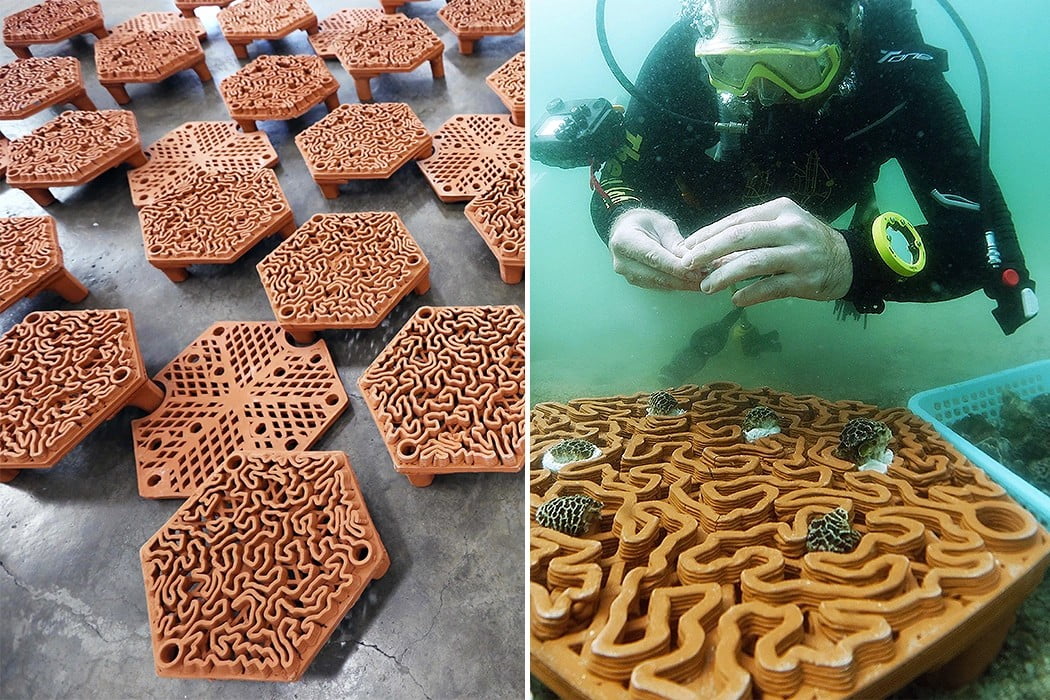Designers and architects around the world are now adopting 3D printing for the creation of almost all types of products and structures.
It is a technique that has gained a lot of momentum, thanks to its simple and innovative nature. But designers don't just use it for 3D printed products and basic models. From 3D printed artificial coral reefs to a menacing automotive design with 3D printed parts, the scope of this technique is limitless.
Even lunar habitats are being designed with the intent of being 3D printed. There's honestly nothing that can't be 3D printed these days, the possibilities are endless.
Here is a small collection of simple but innovative 3D printed models.
3D printed coral reef tiles
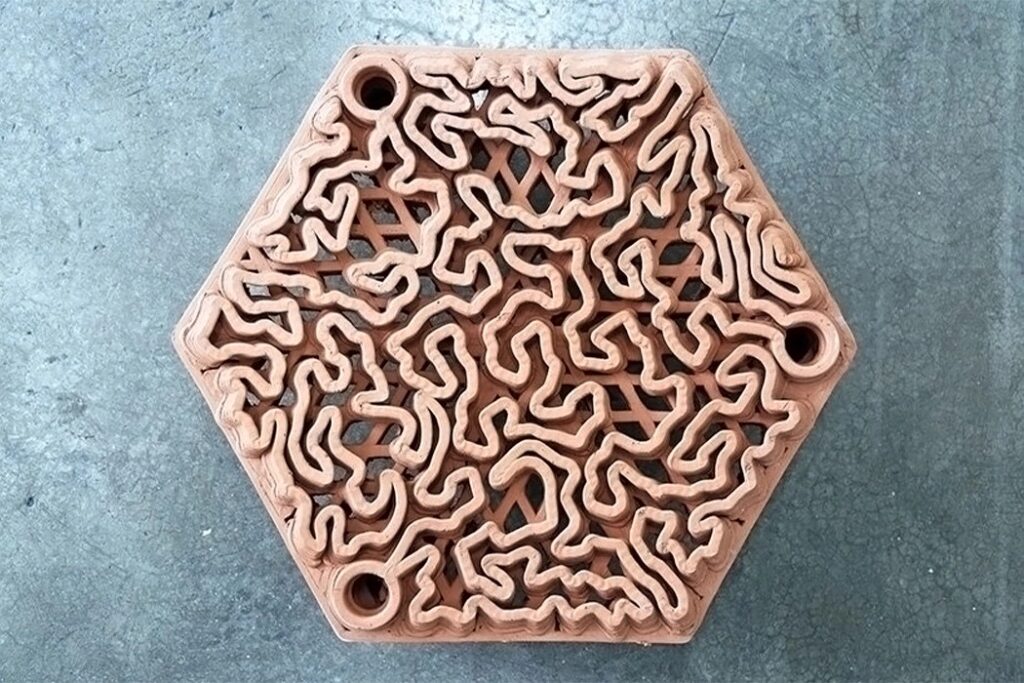
Hong Kong has seen an 80% decline in the coral population on Double Island, Sai Kung, over the past decade. This pushed the team to find a solution that can not only help that region but also the rest of the world.
The team from the University of Hong Kong (HKU)'s Swire Institute of Marine Science (SWIMS) and its Faculty of Architecture's Robotic Fabrication Lab have worked together on 3D-printed terracotta tiles that will serve as artificial reefs.
The result is a fascinating organic vortex of lines and spaces that look like an orange topographical map and mimic the natural patterns of the coral itself.
Why terracotta? It is highly porous with a beautiful surface micro-structure that marine organisms can attach to. And it is obviously an environmentally friendly alternative to conventional materials such as concrete or metal.
3D printed reusable handles
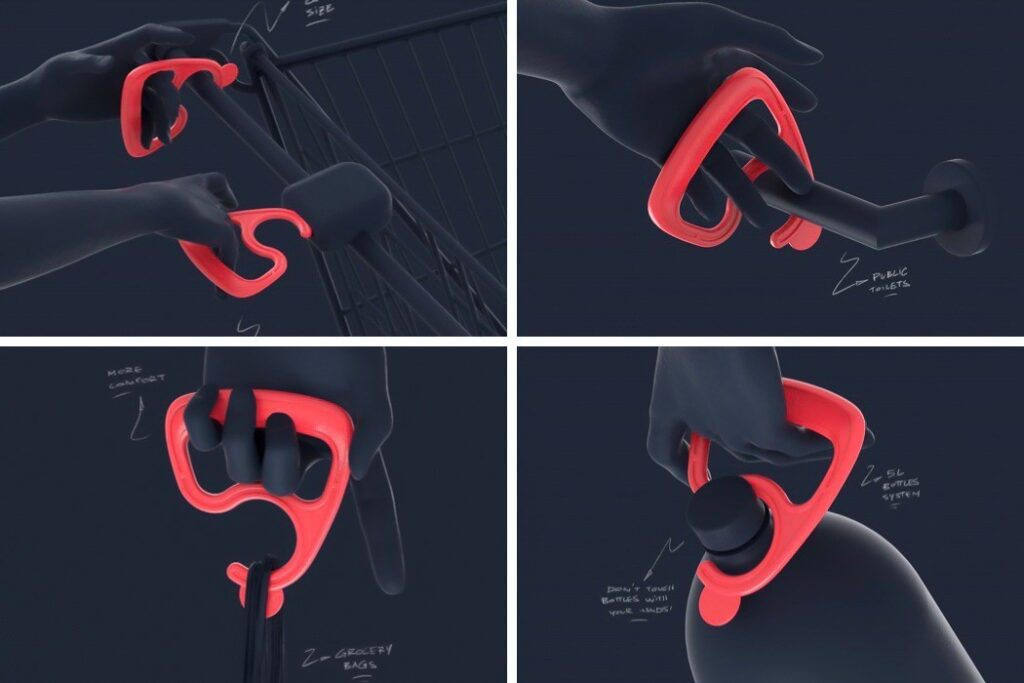
The shape of the handy tool called MH-19 is inspired by protective masks and solved another problem using the design.
Gloves are disposable items that generate a lot of waste when used by everyone to do everyday things. We can leave them to the healthcare professionals who need them most, and use 3D printed handles like these for our daily activities.
Innovation has the power to be simple but powerful: these sort of "reusable pot holders" can be a valuable tool to support the community... with creativity.
3D printed e-bike
The 2029 e-bike brings art-deco and automotive design into the future, with its unusual combination of clean geometric shapes achieved by sheet metal fabrication, along with bone-inspired generative design details 3D printed in metal.
The bike is a fusion of styles that incorporates trends indicative of the future of automotive design. 2029 is equipped with electric transmission, fully enclosed aluminum body, hub-centered steering, transparent polycarbonate wheels and titanium elements, also 3D printed.
Automatic refill points for detergents
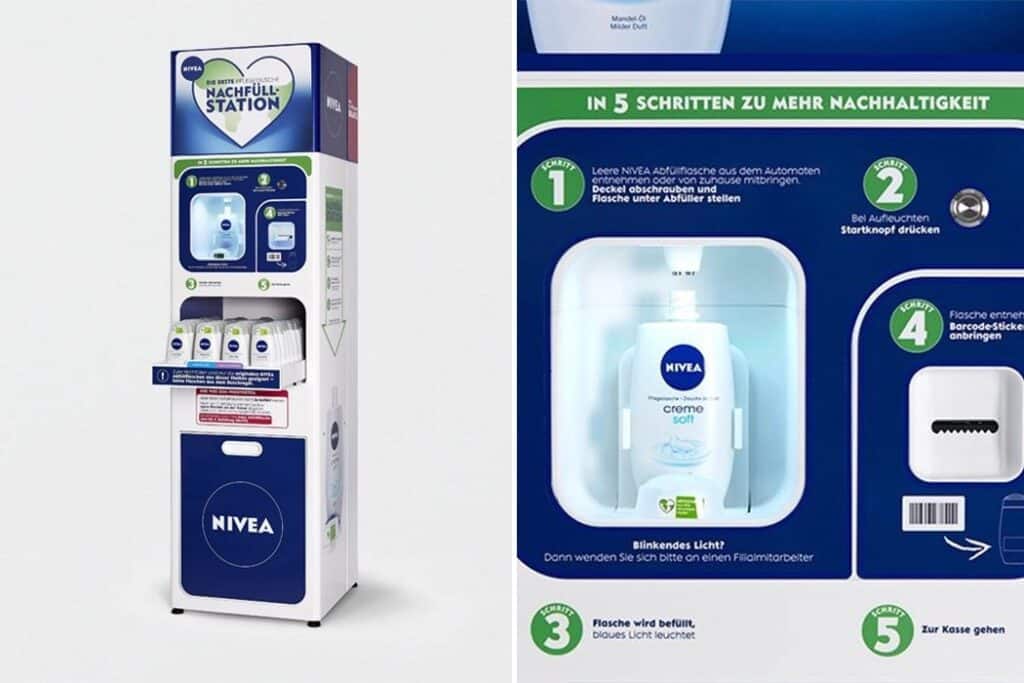
NIVEA's parent company is the German giant Beiersdorf and has a mission to reduce packaging waste by minimizing the material cycle. And for NIVEA this means launching a shower bath charging station!
A good first step that has its pros but also has some cons. The biggest disadvantage is that the shower bath itself is not good for the environment. Shower gels also need a lot of water to produce, and this can add to the water crisis in a world of climate change.
A solution to this? Soaps! NIVEA does those too: they use less water and can be packaged in recycled paper. This is the real solution.
Meanwhile, this prototype will be tested in selected locations where the brand will collect data on how consumers interact and react to the opportunity to use reusable bottles.
3D printed mask endoskeletons
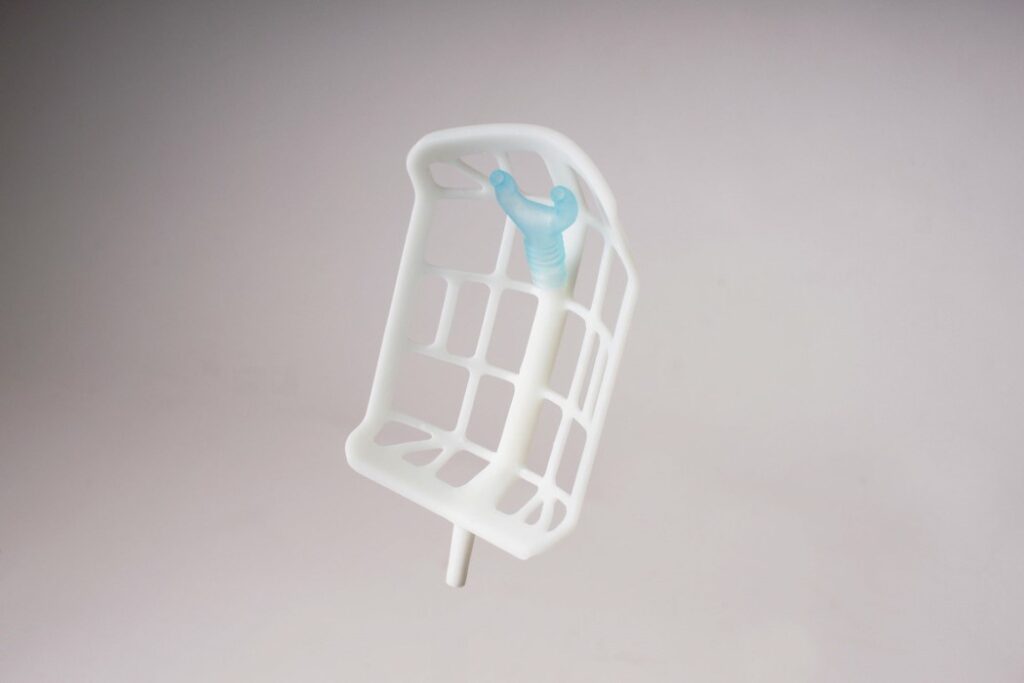

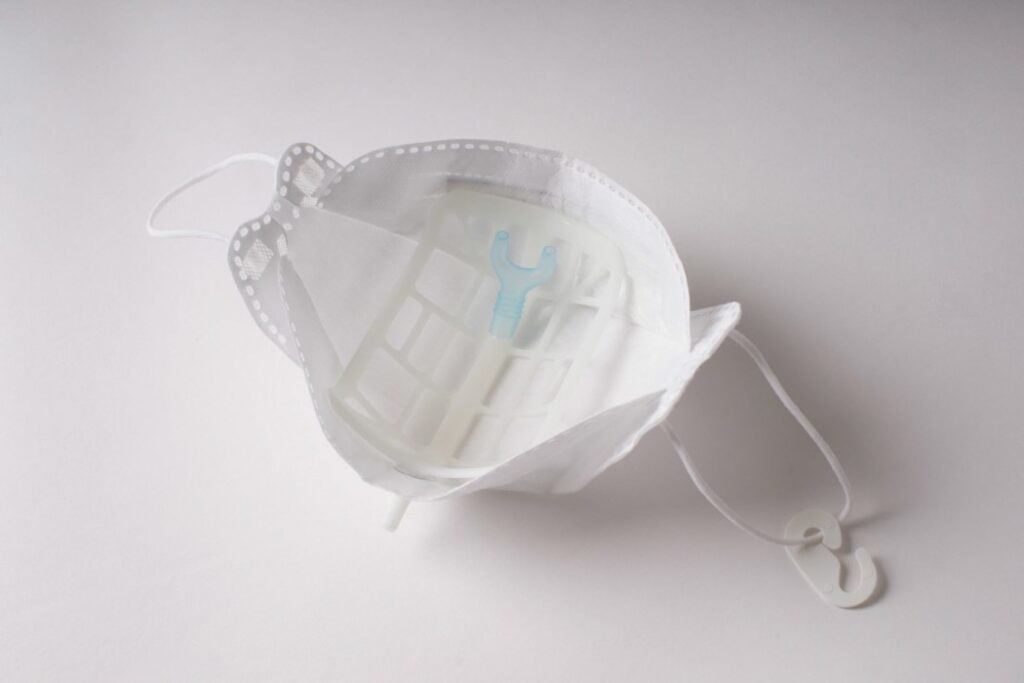
Masks are good for combating the transmission of diseases. Not good that they make breathing difficult. Most cloth masks collapse inward when you inhale, which may bother some. The Cannula mask avoids this problem with its reinforced endoskeleton. A thin plastic grid gives the mask its distinctive structure, preventing it from pressing against your face. It's kind of like a hanger prevents clothes from being crushed while maintaining its shape.
Designed To be worn by people with breathing difficulties, these 3D printed endoskeletons are also equipped with a structure that allows a nasal cannula to be inserted. This way you can direct fresh oxygen directly to the wearer's nose.
An indestructible guitar
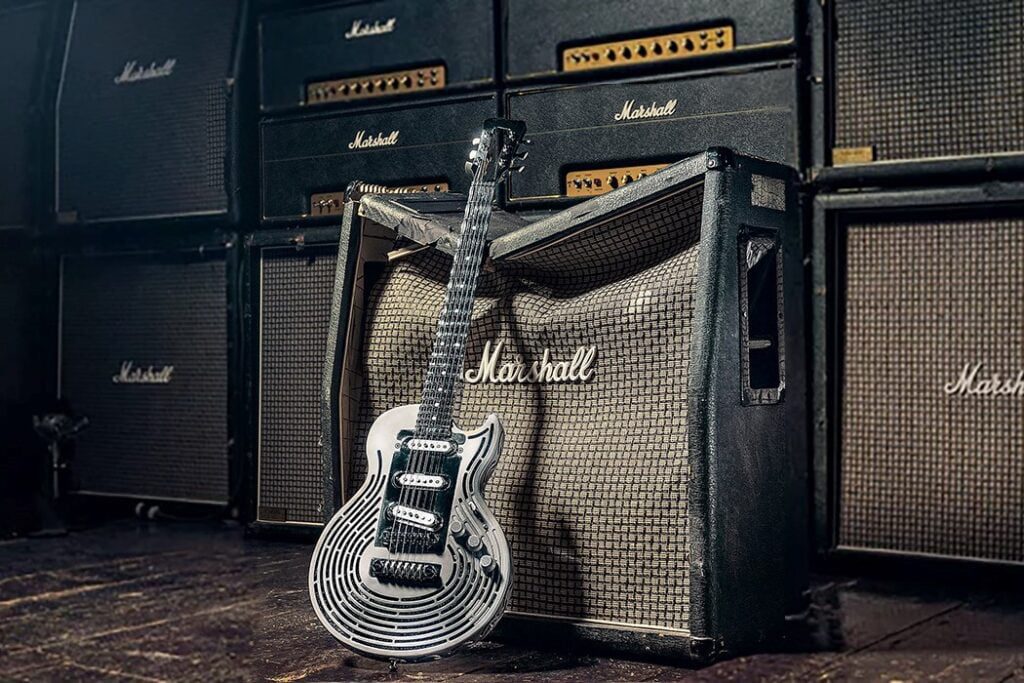

Many moments in rock history are underlined by the sound of the guitar. How many iconic scenes have you seen this instrument fall apart at the end of a song? What if you design an indestructible guitar?
This is what the Swedish company Sandvik decided to do. Developed to showcase advanced titanium additive printing techniques, this is the world's first guitar that cannot be destroyed. Literally.
Many have even tried it, including the rock star Yngwie malmsteen, which managed to destroy his amps but failed to warp the guitar. In addition to being virtually indestructible, the guitar also sounds incredibly good.
3D printed acoustic chamber earphones
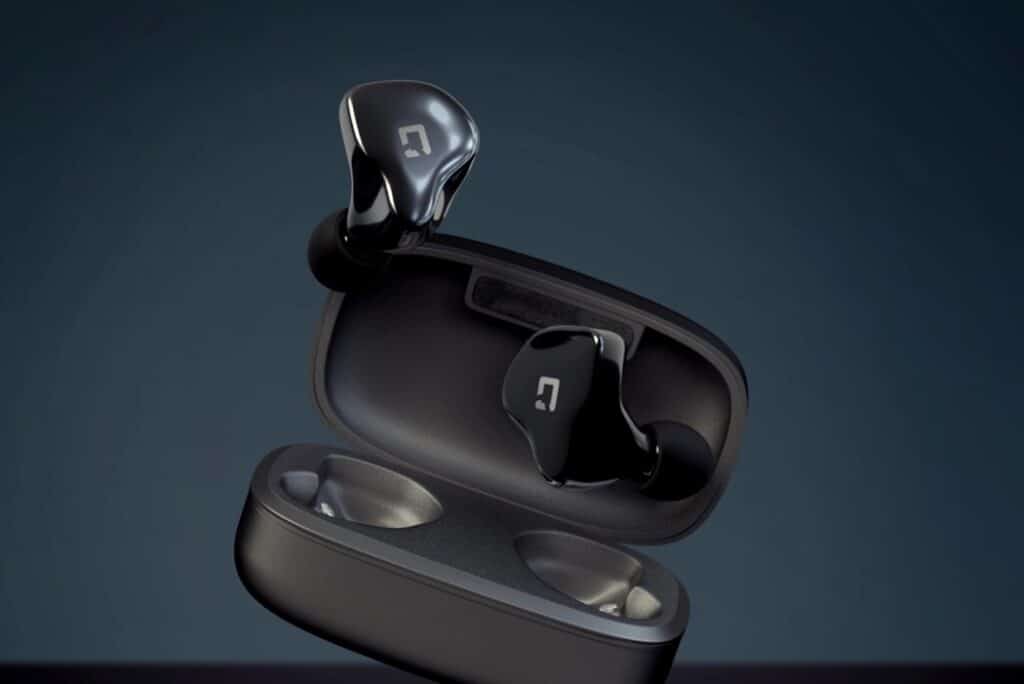
The unique form of these TWS earphones It features a specially designed 3D acoustic chamber which helps to make the audio sound richer and to reduce sound distortion and noise simply with its design.
That's why the 3D printed Lyttle HarmoniQ earphones are truly remarkable. And their case is 3D printed too!
A 3D printed rectenna
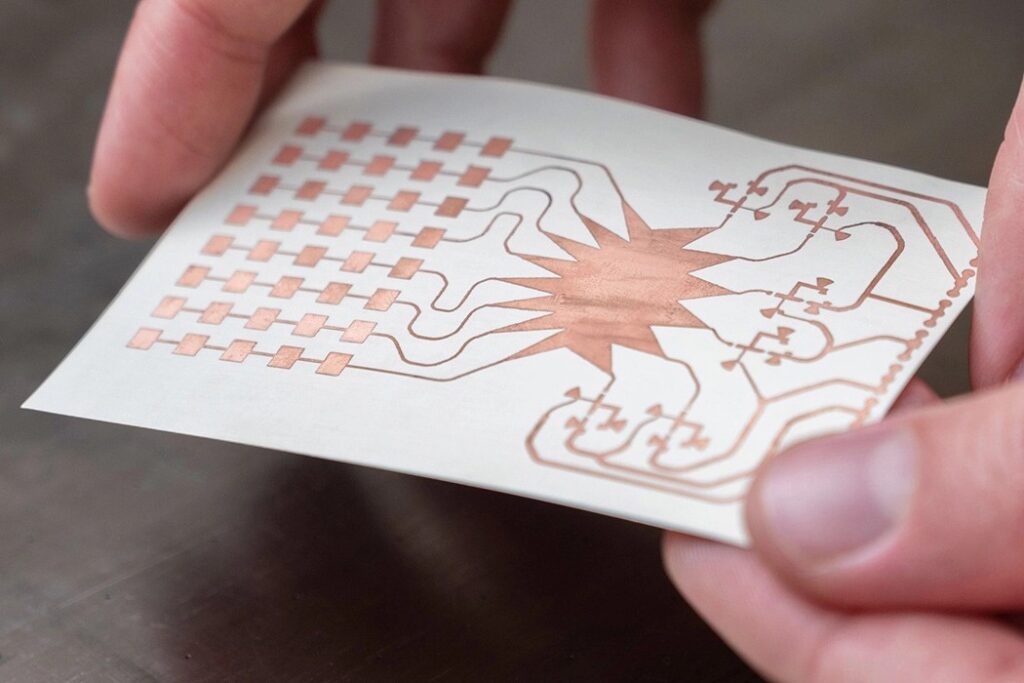
Collecting renewable energy and then distributing it wirelessly: a challenge that has been going on for decades.
The team at Georgia Tech's ATHENA lab has created a 3D printed energy harvesting antenna. It can harvest the electromagnetic energy of 5G signals to power our gadgets.
The technology is literally about using excess 5G network bandwidth, turning it into a wireless power grid that could shape the future of our mobile devices.
